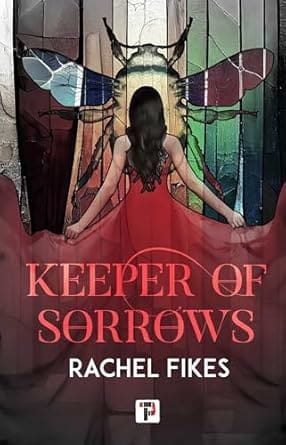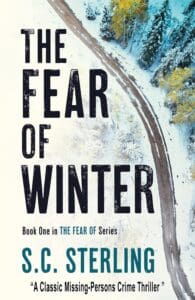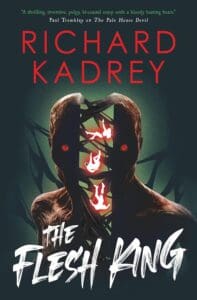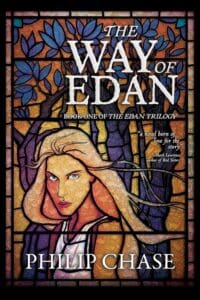
Synopsis:
Whoever rules the bees, rules the world.
On a planet stripped of wind, entire ecosystems lie in ashes, leaving humans to the mercy of a sole surviving bee species on a remote isle. Whoever wins the Praxis to rule them as Keeper, rules the world.
When the next Keeper goes missing, her little sister must not only face her debilitating fear of bees, but compete in the Praxis to find her. As she braves the eerie fortress with sprawling wings of hives, murmuring murals, deceptive hedge mazes, and a host of leering gargoyles, she must also face the reigning Keeper, who’s guarding the darkest secret of all.
Review:
I’ve always had a fascination with bugs, and bees—despite their ability to sting—are no exception. That bees were central to the plot piqued my interest, but the book description (above) doesn’t highlight even half of what the story is about. There is a lot packed into this book: a mystery, monsters, a bit of magic, some romance… Between the rich worldbuilding, the compelling storyline, and the array of interesting characters, there was a lot to love.
There are two interwoven storylines. The first is Naokah’s; she enters the Praxis as the runner-up to her sister, who initially won the tournament for Keeper. But Naokah isn’t there to become the next Keeper. She’s there to uncover what happened to her sister and to find her, if at all possible. She investigates her sister’s disappearance in her limited free time, when she isn’t competing in the Praxis, but the more she learns, the greater her danger. I felt the mystery element in this book was very well done; there were some twists I certainly did not anticipate.
The second storyline is from the perspective of one of the citadel’s nameless guardians, a spirit inhabiting a gargoyle. The gargoyles protect the Keeper and the hives from external threats, but most of the citadel’s other residents aren’t aware they’re sentient. While the two storylines don’t seem related at first, they do come together toward the end and many of the questions that arose earlier in the book are finally answered.
I liked that bees were highlighted as the essential pollinators they really are, and some of the other ways the humans of this world found to propagate their crops in the absence of wind were really creative. But my one issue with this premise was the lack of wind itself. The world still had a sun, which means it should have had wind. Part of the worldbuilding addressed it (the wind was stolen by a god after a dispute with his sister), but the scientist part of my brain still wished there had been just a little bit more to explain why the sun didn’t create wind when the planet was so similar to Earth (it had day/night cycles, seasons, and a lunar cycle identical to ours.) Anyway, I’m aware it’s a fantasy book and I should suspend my disbelief, so back to the main review…
The world is also inhabited by monsters, and I’m not talking about the gargoyle-spirit here, either. Something happened in its past that left what the people call The Razing. It isn’t described in detail, but it’s some kind of rift that is slowly growing, and out of that rift come monsters. Many seem to be sea monsters, but there are also the scrim (winged things that threaten the bees, and the main reason the gargoyles of the citadel exist.) Some of the monsters exist to destroy, while others are much more cunning—and subtle. And of course, there are always the human variety of monsters too.
Overall, I really enjoyed this book (my nitpicky wind issue aside.) It’s also a standalone, so if you don’t mind a few bees in your fantasy fiction, check it out.










Leave a Reply